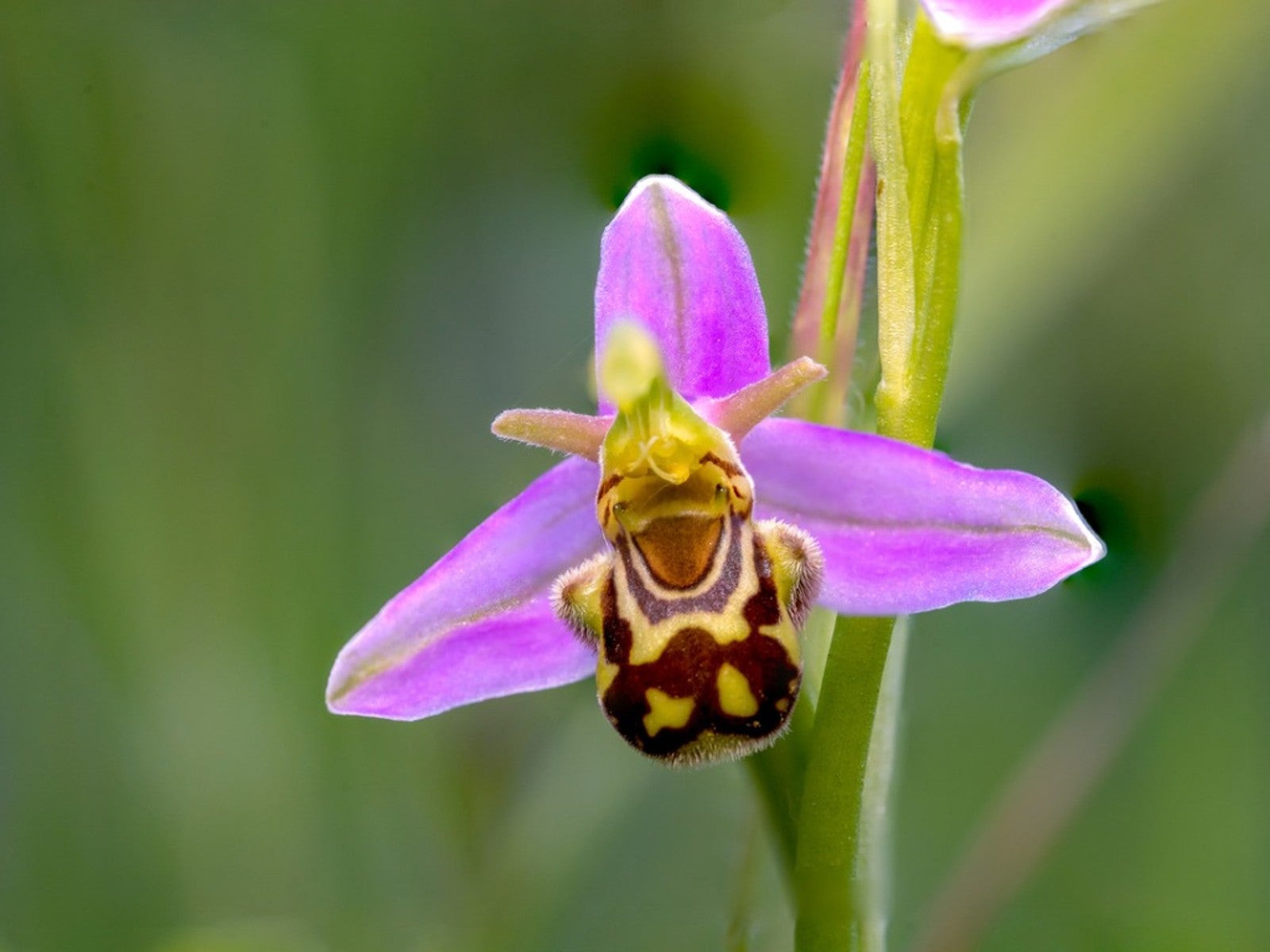6 Plants That Look Like Animals


The wide world of plants is fascinating and diverse. One interesting thing that some plants do is mimic the shape, color, and general appearance of something else. Plants that look like other things are sometimes random and coincidental, but others have resulted from evolution to get an advantage. Regardless of the cause or reason, these whimsical plants are fun to grow indoors as houseplants or in the garden.
How Do Plants Mimic Animals?
Among plants that look like things, the most endearing are those that resemble animals. From monkeys to bees to birds, plants that mimic animals are truly fascinating. But how do they do it? Plants are not the only living things that mimic others, but unlike animals, they can’t see.
The answer has to do with the nature of evolution. All living things evolve over time. When a random mutation in the genetics of an individual gives it an advantage over others, it reproduces and passes that mutation on to the next generation.
Consider the case of a flower that looks like a bee. The mimicry gives it an advantage because it has an additional tool for attracting bees that will pollinate the flowers and help produce the next generation. That appearance resulted from randomness but worked, so it got passed down to subsequent generations. Many other random mutations never make it past one or two plants.
Examples of Plants That Look Like Animals
Among the plants that resemble animals, some are the result of this evolutionary strategy. Others are probably just random and do not necessarily give the plant any kind of an advantage. Here are some examples of fun plants to add to your home “zoo.”
1. Golden Shrimp Plant
This is an example of mimicry that clearly is not related to an evolutionary advantage. Looking like a shrimp doesn’t help this plant in any way. But for gardeners, it’s an attractive, interesting specimen. Also known as golden candle and lollipop plant, the golden shrimp (Pachystachys lutea) is native to Central and South America. In less tropical climates, you can grow it as a houseplant or annual. A small shrub, it produces flower stalks with bright yellow bracts, with white flowers that emerge from the bracts with the silhouette of a crustacean.
2. Bee Orchid
Ophrys apifera is clearly an example of a plant that evolved to look like an animal for its own reproductive benefit. The flower of this pretty orchid has three pinkish petals but also a lip that looks like the body of a bumblebee and two sepals that resemble antennae. Native to Europe, North Africa, and the Middle East, the appearance of the orchid attracts bees that then help pollinate the flower. You can grow the bee orchid indoors as a houseplant or outdoors in USDA zones 6 through 9.
Sign up for the Gardening Know How newsletter today and receive a free copy of our e-book "How to Grow Delicious Tomatoes".
3. White Egret Orchid
Another striking orchid, Habenaria radiata resembles feathery, white egrets in flight. They are native to Eastern Russia, Korea, Japan, and parts of China. They grow well in bogs and grassy wetlands but can also be grown as houseplants.
4. Blue Butterfly
As the Latin name suggests, Cerodendrum ugandense is native to Uganda and other parts of East Africa. Blue butterfly plant is a bush with flowers that resemble butterflies. As a tropical species, it can only grow as a perennial in zones 9 through 11 in the U.S. Elsewhere, it makes a pretty annual or container plant that needs to be overwintered indoors. The flowers have two light blue petals that look like butterfly wings, a darker petal that looks like the body and head, and showy stamens that look like butterfly antennae.
5. Bunny Ears
If you love animals and succulents, track down a Monilaria obconica. This plant emerges from the soil with a round part that looks like a head and sprouts two fleshy leaves that resemble bunny ears on top of the head. It’s a fun and cute houseplant that doesn’t require much maintenance.
6. String of Dolphins
Another fun succulent with an animal shape is the string of dolphins, Senecio peregrinus. Each fleshy leaf on this plant looks like a leaping dolphin. It’s one of many “string” succulents that have leaves of various shapes. Also, look for string of turtles, with variegated leaves that look like turtle shells.

Mary Ellen Ellis has been gardening for over 20 years. With degrees in Chemistry and Biology, Mary Ellen's specialties are flowers, native plants, and herbs.